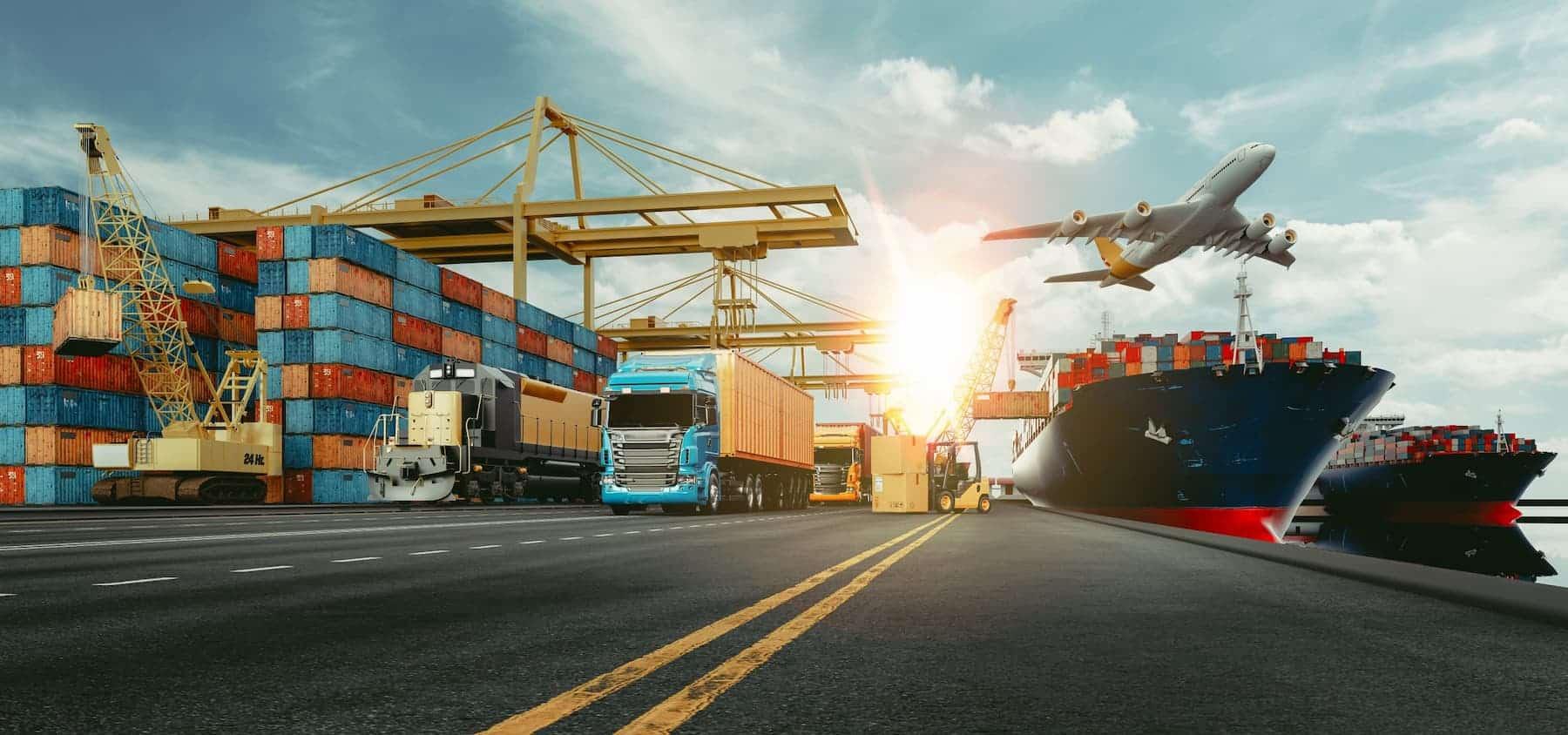Overcoming Roadblocks: Indias Logistics Sector Faces Transformational Hurdles




The logistics industry faces a commonly overlooked yet pivotal factor affecting Indian transport efficiency—law and order. In bustling logistics hubs like Gurgaon, activities such as cargo theft, driver harassment, and unauthorized checks on under-monitored roads highlight a silent havoc wreaking significant financial losses. Small fleet owners often avoid filing complaints to dodge delays or retribution, creating a cycle of vulnerability. The costs extend beyond immediate losses as insurance premiums skyrocket, bribes swell operational expenses, and experienced truckers abandon the trade altogether.
India hemorrhages over ₹20,000 crore annually due to in-transit cargo theft and damages, representing a ghostly drain on an industry projected to be worth $380 billion by 2025. These law and order challenges form the very spine of transport inefficiency, demanding urgent attention to ensure seamless logistics operations across the country.
The unpredictable nature of toll and checkpoint charges in India's logistics sector escalates operational costs and complicates route planning for truck operators. In cities like Gurgaon, financial inconsistencies run rampant, turning route planning into a guessing game that affects trust and transparency in logistics costs. A driver traveling from Gurgaon to Ghaziabad might find themselves paying an extra ₹600 to ₹1,000, dependent on the time of day and the discretion of those in charge.
Such erratic costs inevitably lead to higher freight charges, with the burden passed onto consumers, making logistics more expensive and unpredictable. This financial unpredictability represents not just a strain on operators but a daily disruption that requires urgent attention to foster reliability in logistics planning and execution across India's transport networks.
India's burgeoning logistics sector faces challenges similar to driving a Ferrari on a dirt track due to poor road infrastructure. Gurgaon, a pivotal logistics corridor, experiences significant hurdles that technology alone cannot address. These infrastructure gaps include inadequate road widths, absence of dedicated truck lanes, and poor road surface conditions that worsen during monsoons.
In areas like Sohna Road or Sector 37 industrial belts, even mini trucks face snail-paced commutes, turning short trips into prolonged efforts. The economic impact of delays linked to poor road conditions costs Indian logistics a staggering 4.5% of GDP annually, as highlighted by NITI Aayog. Without addressing these physical constraints, logistics in vibrant cities like Gurgaon will continue to struggle, hindering India's broader economic ambitions.
Despite the burgeoning growth of India's logistics sector, there lies an understated challenge: the slow integration of technology among small fleet operators. While large corporations make strides with smart technology, the vastly populous brigade of small and mid-sized operators remains ensnared in traditional methods. In bustling logistical hubs like Gurgaon, 80% of operations depend on manual systems.
These operators, managing fleets of 2 to 5 vehicles, navigate without GPS tracking and rely on manual proof-of-delivery and verbal confirmations. Such technological lag means delays, misrouting, and limited scalability continue to plague operations. This facade of inefficiency obscures real-time updates and poses significant risks of errors, subsequently increasing operational costs while customers demand precision, speed, and accountability.
Despite the sector's promising outlook toward becoming a $380 billion market by 2025, logistics services face significant undervaluation. Consumers and businesses frequently expect services like same-day delivery and technical assistance without willingness to cover associated costs. The typical expectation for moving a 2BHK apartment in Gurgaon illustrates this issue, with many consumers expecting comprehensive services for just ₹4,000.
This creates a cascading race to the bottom, leading to compromises on service quality, rushed jobs, inadequate packaging, and subsequent damages and delays. The undervaluation doesn't just affect service delivery but also impacts drivers, often sidelining their contributions. With diminishing social respect and tough working conditions, the allure of a logistics career is rapidly fading, causing significant workforce shortfalls that threaten the industry's sustainable growth and development.
These challenges present both obstacles and opportunities for India's logistics transformation. Addressing undervaluation issues requires education and advocacy, prompting stakeholders to realize the integral value logistics services provide. The journey toward a tech-savvy, well-regulated logistics sector demands concerted efforts involving regulatory frameworks, infrastructural enhancements, and shifts in customer perspectives toward acknowledging logistics as more than mere delivery mechanisms. Sustained change requires awareness, investment, and recognition of logistics as a cornerstone of economic development.

Comments